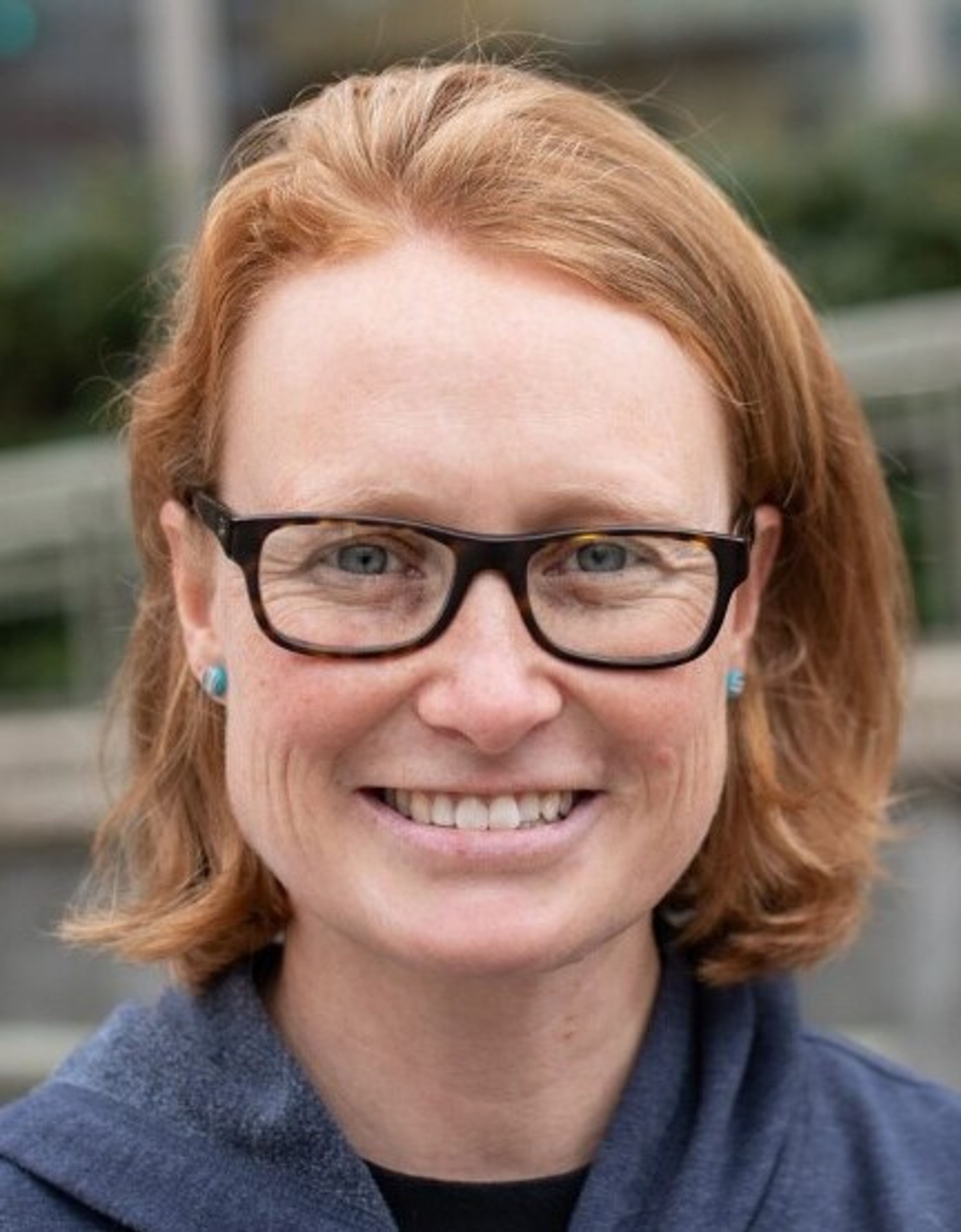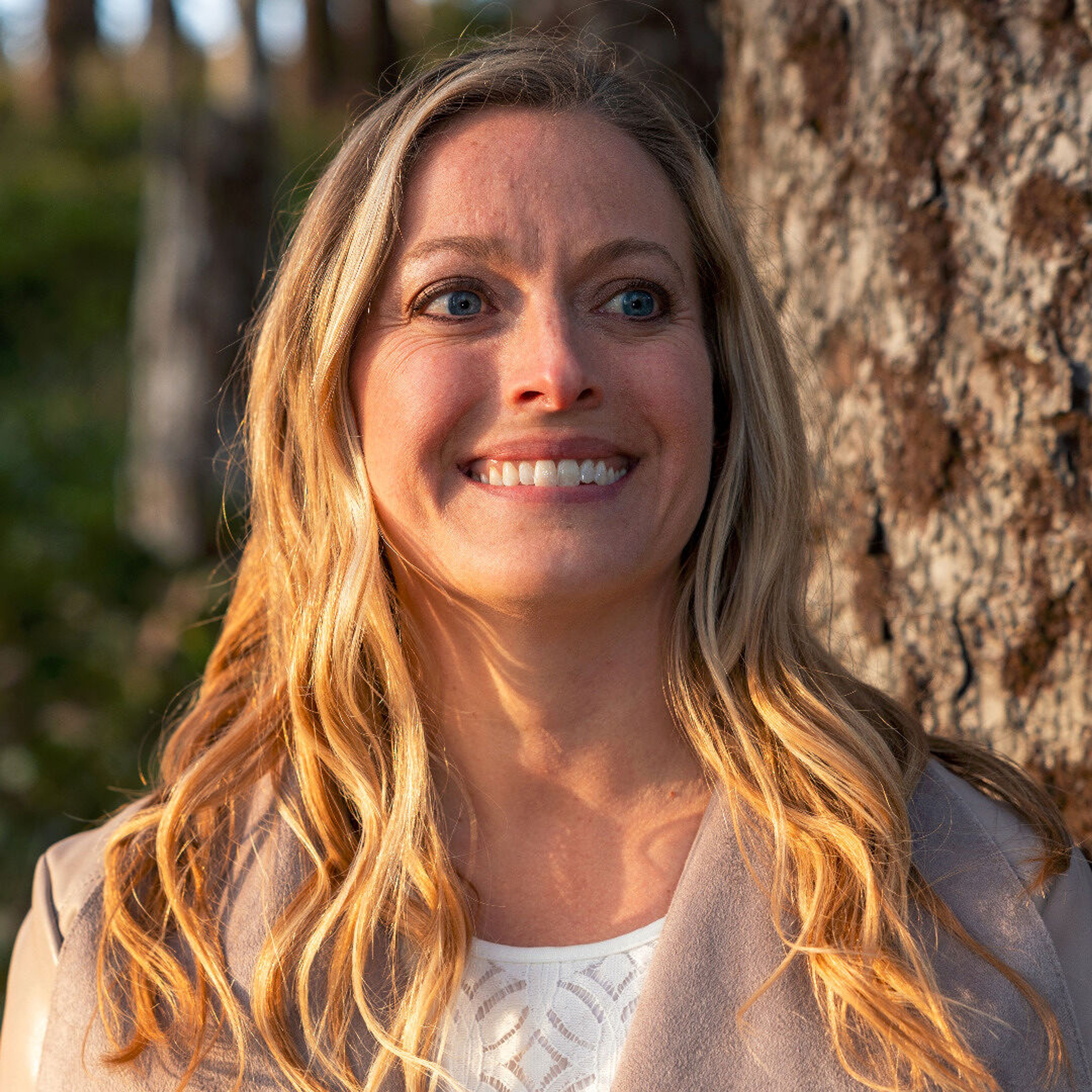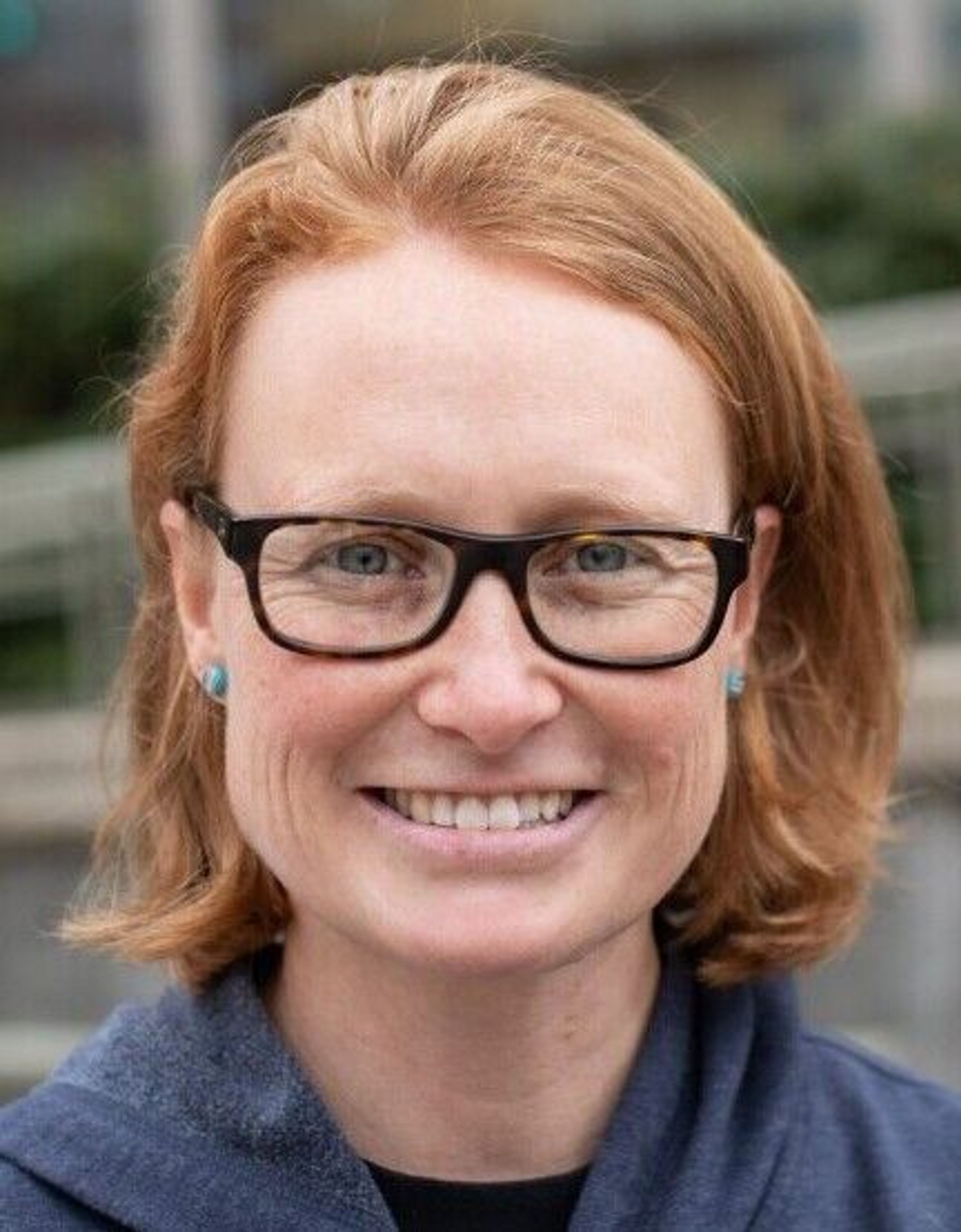Before the official start of autumn on Sept. 22, there’s a special season that many Christians — including us at the Center for Benedictine Life at the Monastery of St. Gertrude — will be celebrating.
It’s the Season of Creation.
A brief bit of history: “Sept. 1 was proclaimed as a Day of Prayer for Creation for the Eastern Orthodox Church by Ecumenical Patriarch Dimitrios I in 1989,” according to the 2024 Celebration Guide, which can be found on the Season of Creation website. “It was embraced by other major Christian European churches in 2001, and by Pope Francis for the Roman Catholic Church in 2015.”
Currently, churches worldwide celebrate the weeks from Sept. 1 until Oct. 4 — the feast day of St. Francis of Assisi, patron saint of ecology.
This year’s theme for the Season of Creation is, “To hope and act with Creation,” based on Romans 8:19-25, which includes the passage, “The firstfruits of hope.”
At the Center for Benedictine Life, the core Benedictine values of simplicity and stewardship, along with service — all drawn from the Rule of St. Benedict — bring the awareness that we are charged with simply having enough, caring for what we do have (especially the environment) and helping others.
In this 21st century, when the number of vowed religious — women and men — is declining, many people (Catholics included) might not be aware of the vows professed by these dedicated individuals who live in a community setting. Apostolic or evangelical communities (those who are actively involved in ministry) profess poverty, chastity and obedience. Members of communities who follow the Rule of St. Benedict — including Benedictines, Trappists, Camaldolese, etc. — profess obedience, stability and fidelity to the monastic way of life.
That “monastic way of life” means living simply and being careful stewards of what goods are provided.
We of the Center for Benedictine Life community are not preoccupied with being “consumers” — instead, we use what is needed to perform the assigned ministries and maintain good health of body, mind and soul. (St. Benedict was a very practical man, even in the sixth century.)
In our relationship to the environment, the same can be said. The monastery property in Cottonwood includes approximately 1,000 acres of forestland. There is also acreage for grazing livestock and more for farming. These are all well and wisely tended.
We also have had National Weather Service data-gathering equipment for more than four decades, helping monitor shifts in environmental conditions.
The CBL community is constantly looking for new ways to steward the environment, both locally and on a wider basis. It may be diligence in recycling — somewhat limited in this area — and calling for more availability to recycle materials that will otherwise end up in a landfill, to wise use of water resources, especially during drier months.
Programs are being created both online and in person through Spirit Center, our retreat ministry, so people can connect and share ideas about steps to reverse the damage already done to the planet and ways to prevent additional harm.
Most importantly: the Center for Benedictine Life community is aware how changes in the environment directly impact the poor. This Season of Creation can — and should — bring the need for programs to help those who have no voice be heard, whether in our own area or around the globe.
Resources for the Season of Creation are many, and can be found easily by searching the internet. The CBL has created a Season of Creation calendar as well, offering daily quotes to reflect upon and, hopefully, inspire practical action.
May this Season of Creation be a time of growth into simplicity, stewardship and service for all.
Ferraro is director of communications at the Center for Benedictine Life at the Monastery of St. Gertrude in Cottonwood.






